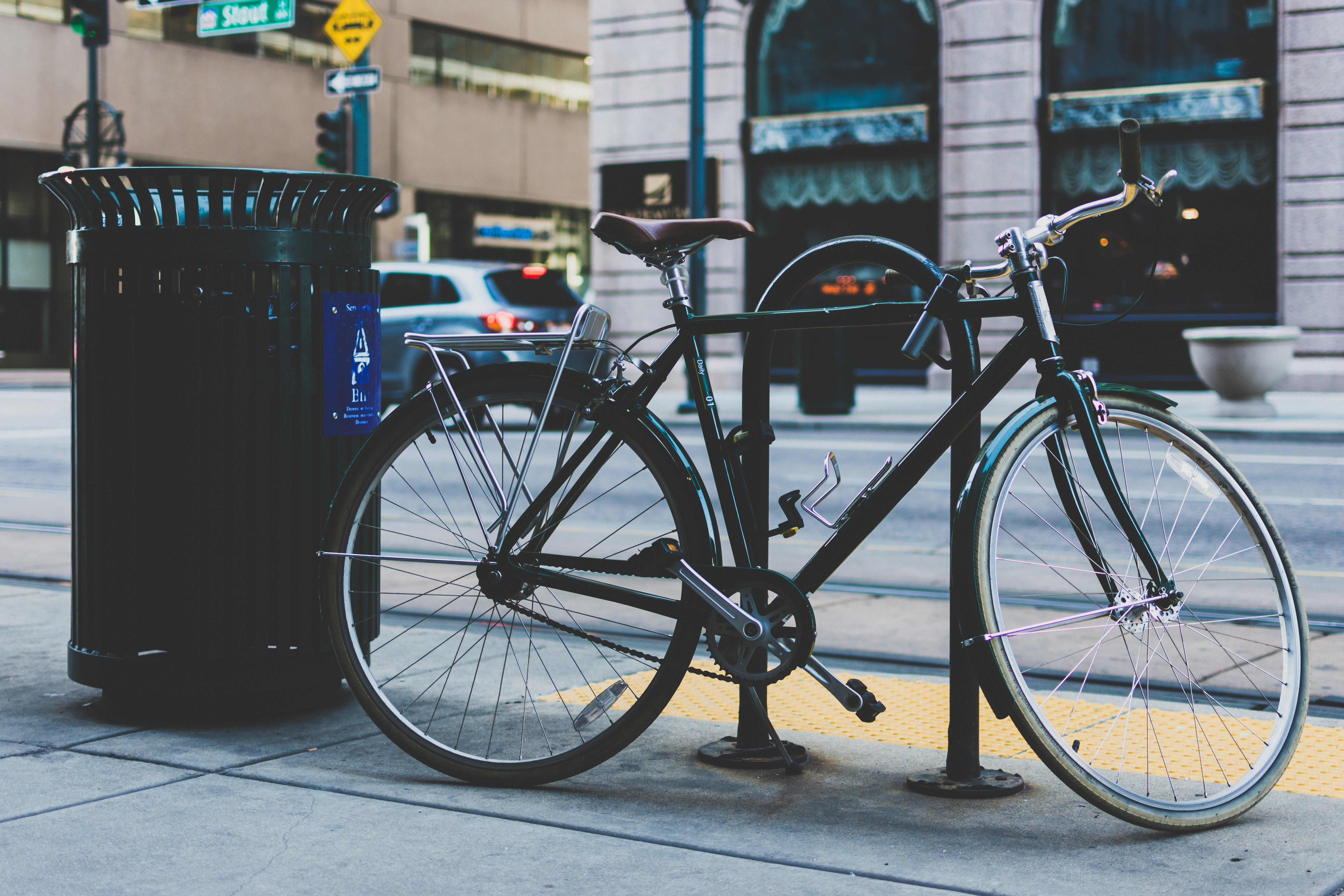
Riding a bicycle is getting safer in American cities thanks to improvements in infrastructure. Usually the USA is associated with being the land of the car (and it still is very car-focussed) so it’s really nice to see that a sustainable and friendly form of transportation is getting the attention it needs. Over the last decade more bike lanes and cycle-friendly construction has made the streets safer for everybody while improving local economies – and above all protecting people from cars.
Researchers examined 10 cities that have been “especially successful at improving cycling safety and increasing cycling levels by greatly expanding their cycling infrastructure.†The above table shows recent changes in bike network growth, cycling rates, and crash and injury rates for cyclists in those cities. Minneapolis, Portland and New York City have seen the largest drop in injury and fatality rates among this group.
Read more.
Thanks to Delaney!


